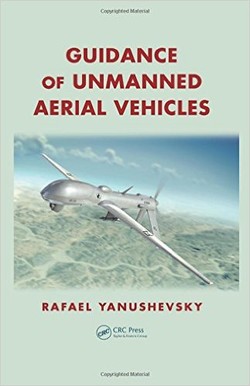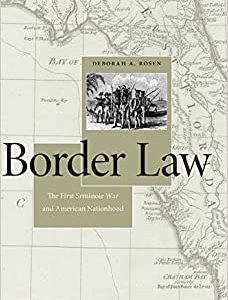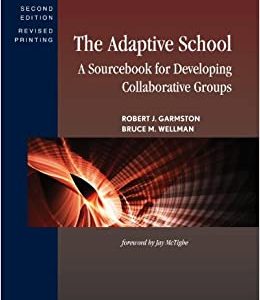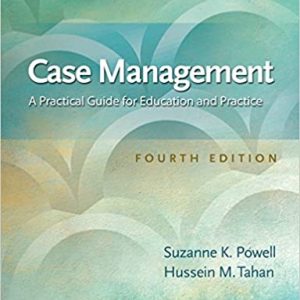Special attention is paid to guidance of autonomous UAVs, which differs from traditional missile guidance. The author explains UAV applications, contrasting them to a missile?s limited ability (or inability) to control axial acceleration. The discussion of guidance laws for UAVs presents a generalization of missile guidance laws developed by the author. The computational algorithms behind these laws are tested in three applications?for the surveillance problem, the refueling problem, and for the motion control of a swarm of UAVs. The procedure of choosing and testing the guidance laws is also considered in an example of future generation of airborne interceptors launched from UAVs.
The author provides an innovative presentation of the theoretical aspects of unmanned aerial vehicles? guidance that cannot be found in any other book. It presents new ideas that, once crystallized, can be implemented in the new generation of unmanned aerial systems.











